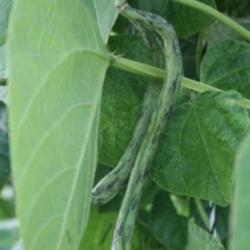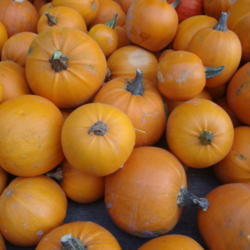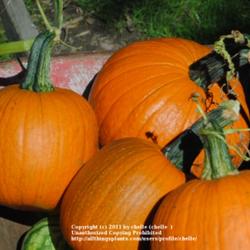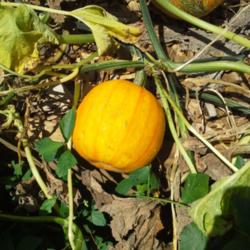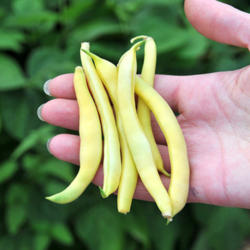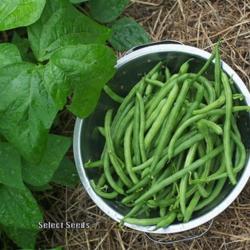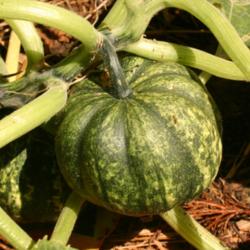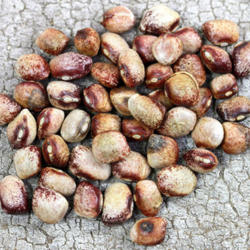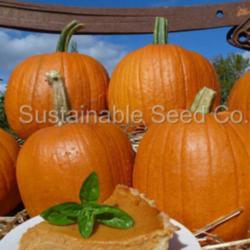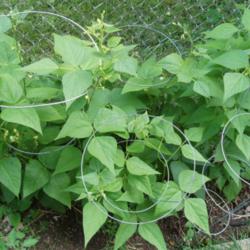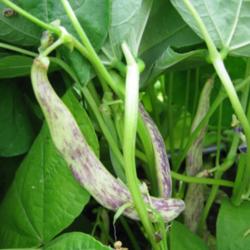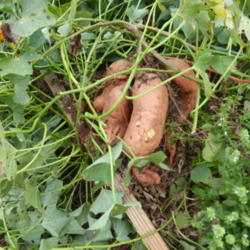#2: Common Bean (Phaseolus vulgaris 'Rattlesnake')
@vbprog says, "Rattlesnake is an open pollinated bean. You can save some seeds at the end of the season and grow them again next year. I've been growing this bean for over 10 years now. Let a couple of dozen pods get really big on the vine, dry them out, extract the beans, and store them for next season.
And, wow, does this produce! Plus, the more you pick, the more you get.
The beans have a purple striping on them for great garden interest that disappears when cooked. We are freezing a bunch every year, giving a ton away, letting neighbors pick some, and overall really enjoying this variety."

